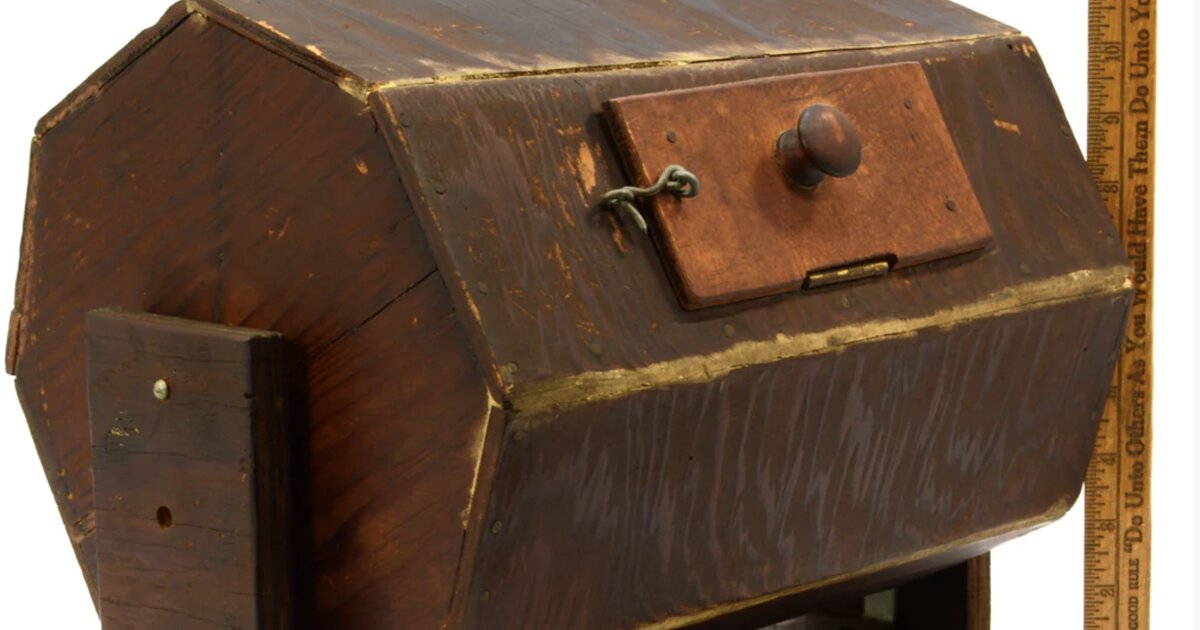Before Digital Games, This Hand-Cranked Device Ruled the Scene!

Source: Get A Grip & More
A Glimpse into the Past: The Role of Antique Wooden Lottery Machines
Before the rise of digital randomizers, antique wooden lottery machines played a central role in games of chance. These beautifully crafted devices were a staple at fairs, fundraisers, and community events, creating excitement as participants eagerly awaited their luck. Their simple yet effective mechanics ensured fairness while adding an element of suspense. Whether used in raffles, tombolas, or prize drawings, these machines became a cherished part of social entertainment.

How These Machines Worked: Design and Mechanism
The design of antique wooden lottery machines varied, but most shared a common structure. Typically, they featured a rotating drum, often with a pentagonal or hexagonal cross-section, mounted on a sturdy base. A hand-crank mechanism allowed users to spin the drum, mixing tickets or numbered balls inside. Small compartments or openings enabled easy ticket retrieval, ensuring a random and unbiased selection process. The sound of shuffling tickets inside the wooden chamber added to the anticipation, making each draw a memorable experience.

Craftsmanship and Unique Features of Vintage Raffle Drums
One of the most striking aspects of these lottery machines is their craftsmanship. Made primarily of wood, these devices were often handcrafted with great attention to detail. Some featured intricate carvings, painted decorations, or metal reinforcements to enhance durability. The compartments inside were designed to hold and mix tickets efficiently, preventing any tampering or predictability. Over time, the natural patina and wear on these machines add to their vintage appeal, making them highly sought-after collectibles today.
The Social Impact: Bringing Communities Together
Beyond their functional purpose, antique wooden lottery machines played a significant role in bringing people together. In an era before digital distractions, events featuring these machines were community highlights. Whether at a local charity fundraiser or a holiday festival, the excitement of watching a live drawing created a shared experience. The simplicity of these machines made them accessible to all, fostering fairness and unity among participants.
Why Collectors and Enthusiasts Cherish These Relics
Today, antique lottery machines are prized by collectors and nostalgia enthusiasts. Their blend of mechanical ingenuity and historical significance makes them valuable conversation pieces. Collectors appreciate their craftsmanship, while historians admire the way they reflect past traditions. Some still use these machines in vintage-themed events, adding a touch of authenticity to modern-day raffles. Others restore and display them as decorative pieces, preserving their legacy for future generations.
Preserving the Legacy: Restoring and Displaying Antique Lottery Machines
Given their age, many of these machines require restoration to maintain their functionality and appearance. Wooden parts may need refinishing, metal components might need cleaning, and moving mechanisms could require lubrication. When restoring an antique wooden lottery machine, it’s crucial to preserve its original materials and structure as much as possible. Many enthusiasts display their machines in collections, museums, or themed establishments, allowing people to appreciate their historical and aesthetic value.
